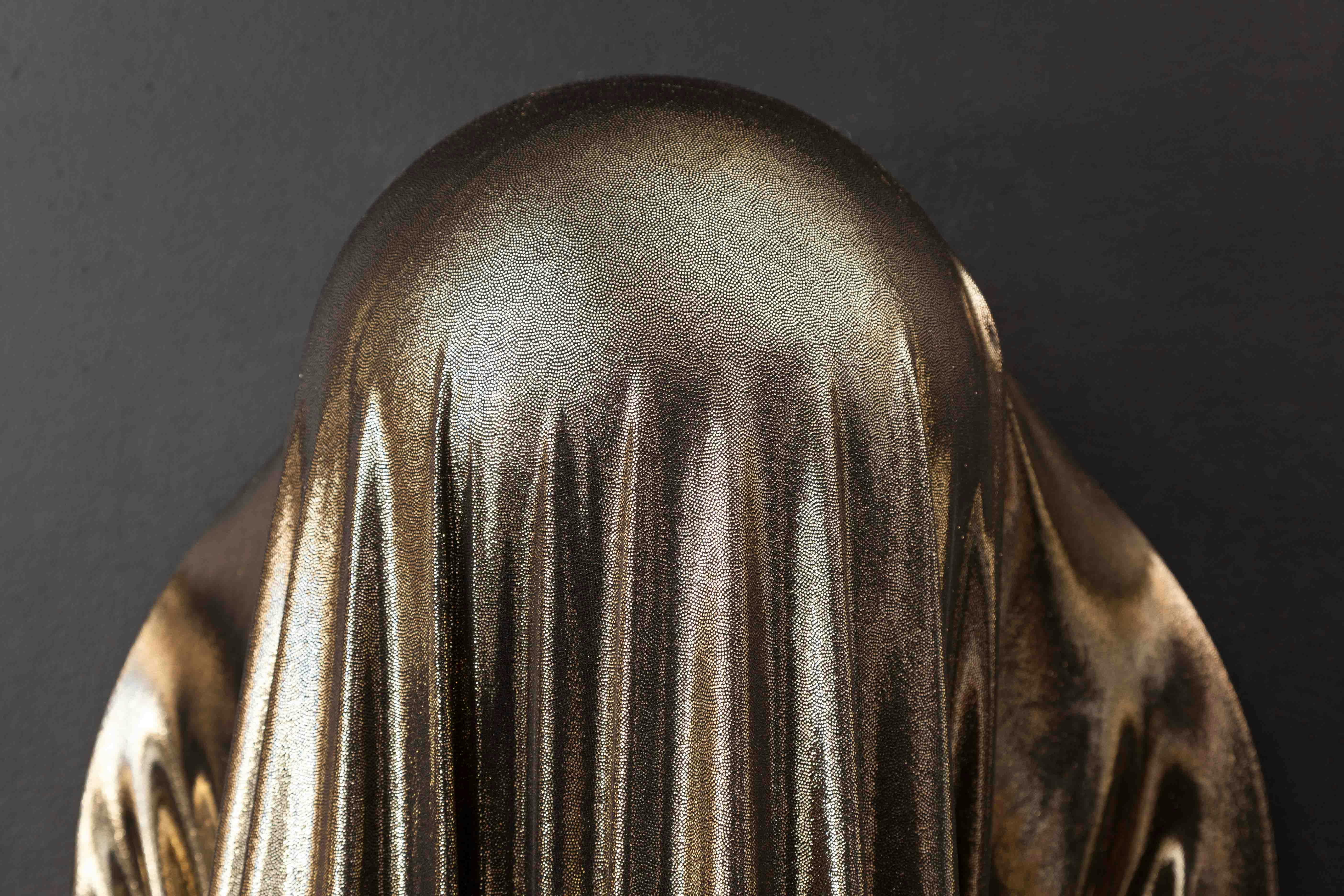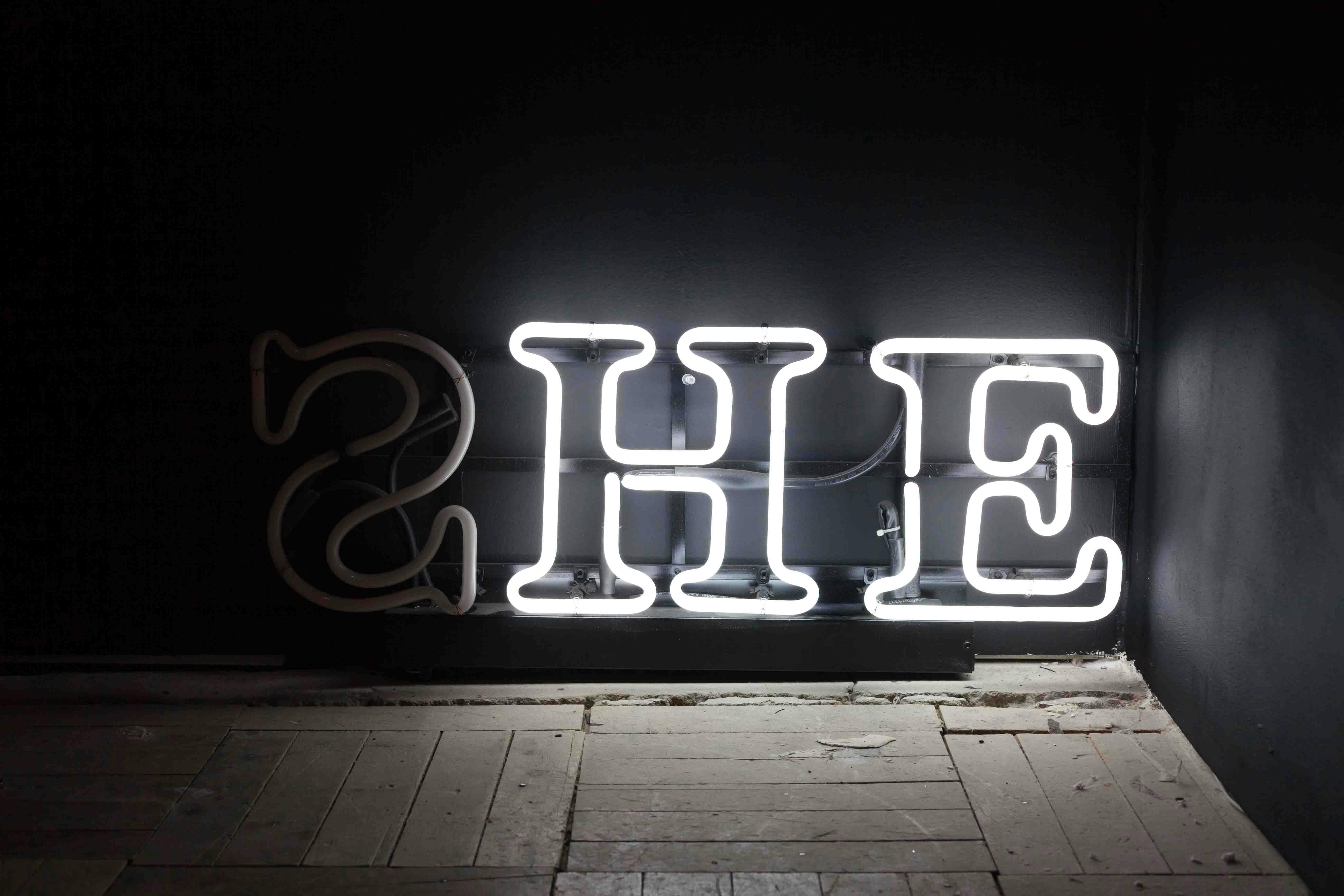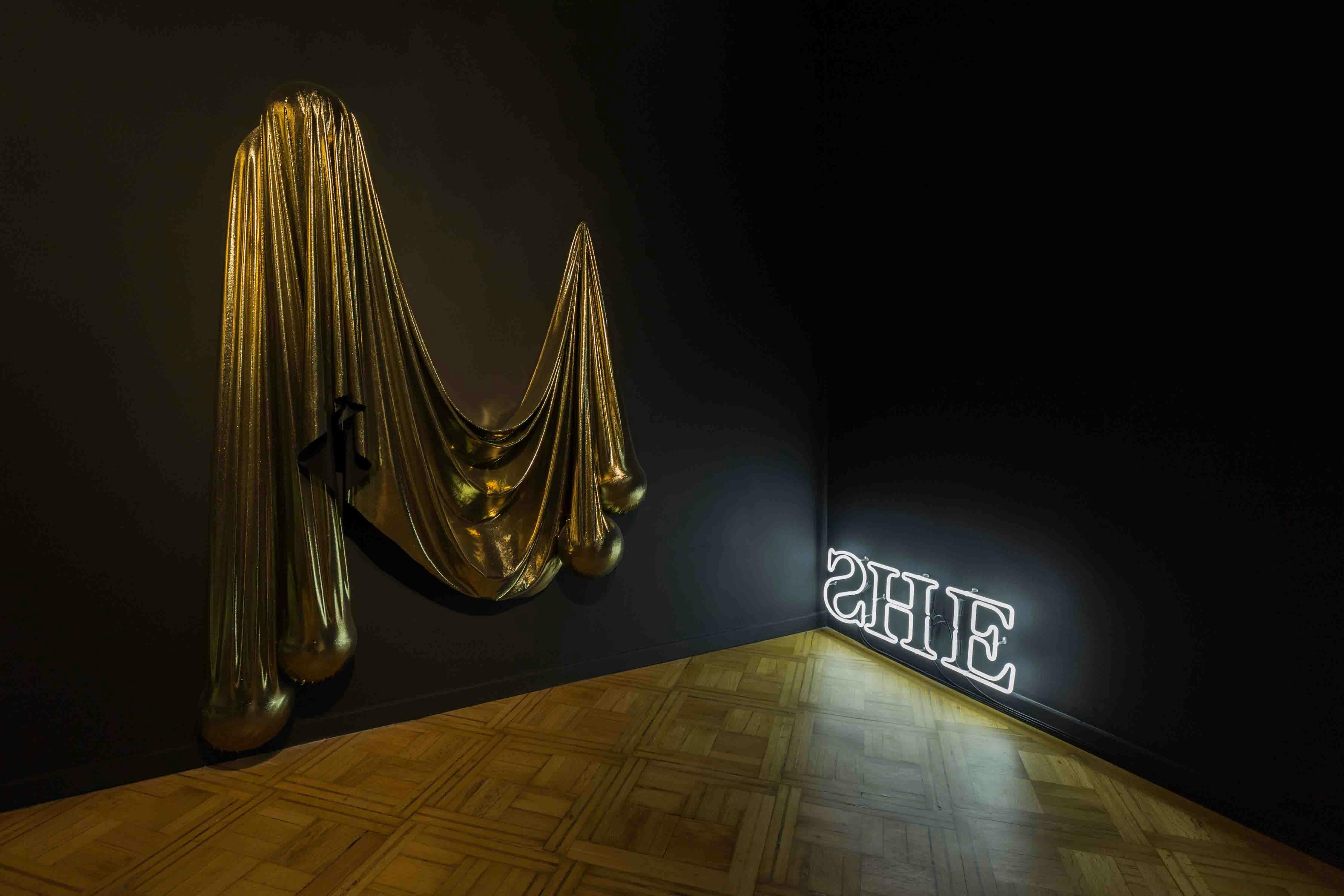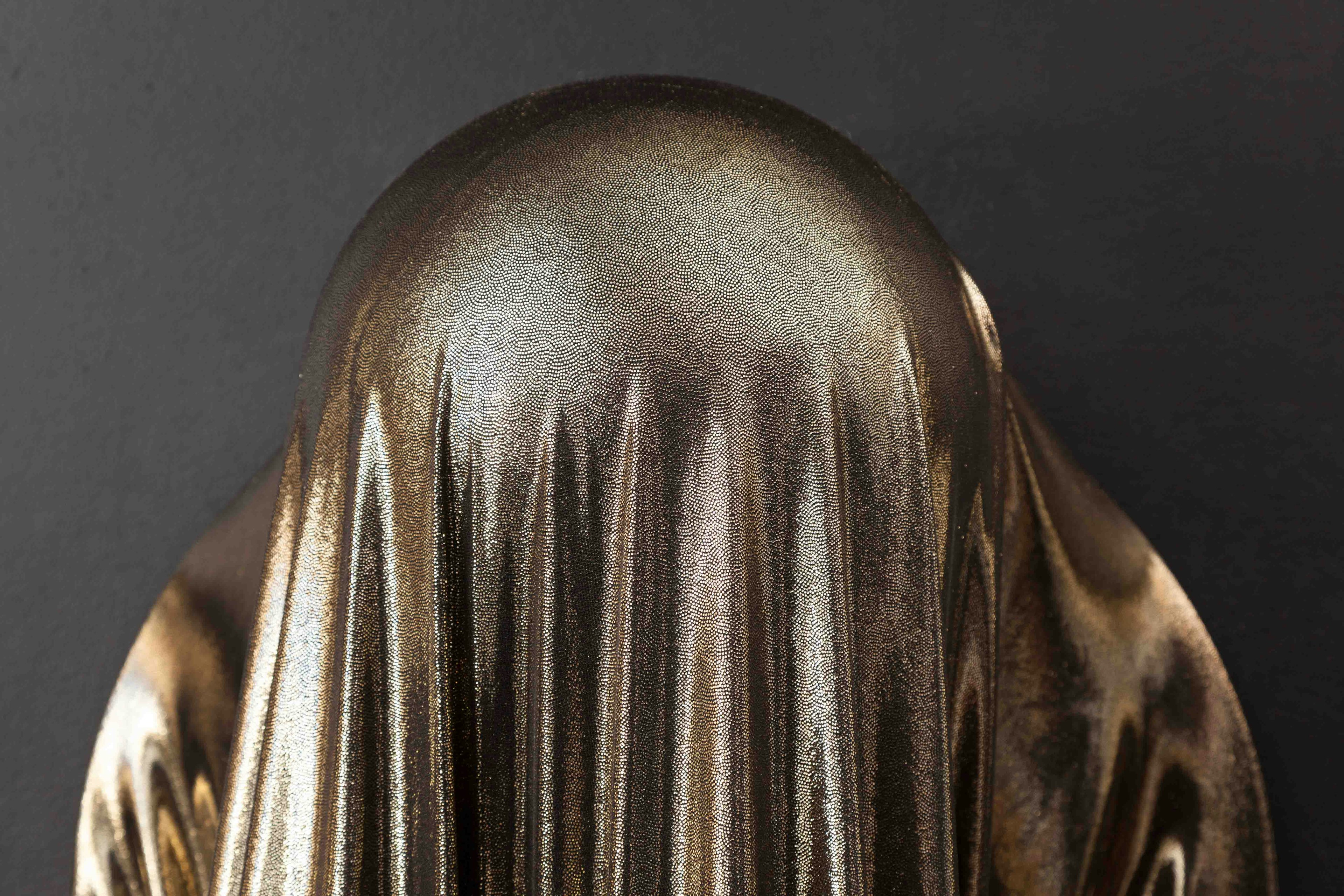Joel Swanson & Laura Shill on Exhibiting during the 57th Venice Biennale




Black Cube interviewed Joel Swanson and Laura Shill on their first major international exhibition at the 57th Venice Biennale, as part of their 2017 fellowship with the nomadic art museum.
Joel Swanson & Laura Shill on Exhibiting during the 57th Venice Biennale
Cortney Lane Stell: Personal Structures was the first major international exhibition for both of you. What was it like to have your work exhibited on this global platform?
Laura Shill: It was a terrifying honor to have such an opportunity. Initially, it was intimidating to think about whether my work would translate across cultures, but once we got there and started working, I remembered that people, at their cores, are essentially the same everywhere—motivated by similar desires and fears. After spending some time with the works in the other venues of the Biennale and recognizing some recurring themes—like abuse of power, our humanity being challenged by a lack of empathy, fears about the future—it seems like many of us are worried about the same things right now— that our works about spectacle and slippery constructs are in this same conversation.
Joel Swanson: To say the least, it was an honor to exhibit work on the international stage. The sheer volume and scope of the Venice Biennale proper—not to mention all the satellite shows and exhibitions—was overwhelming. But my biggest take away is that no matter where you are, there is still going to be strong work and not-so-strong work. In retrospect, I think I had a concern that my work wouldn’t be “good enough,” but I think Laura and I represented Black Cube and the Colorado art scene successfully. Seeing the Biennale was also immensely valuable for my personal art practice. Getting a sense of what is catching the eye of international curators, and thinking through how my work might resonate with, and differentiate itself from, that work conceptually and aesthetically was so useful.
CLS: What were some of the challenges exhibiting internationally? Did you have to make any adjustments to your work?
LS: Shipping was the biggest challenge for me. Figuring out how to get materials overseas, through customs, picked up from the airport in Venice, put onto a boat to be delivered to the Palazzo Bembo, and then having the contents unpacked at the bottom of the stairs to be carried individually two floors up to our gallery was tough to wrap my head around, especially considering that I don’t speak Italian. I was grateful to have help from people with much more experience than me.
JS: Fabricating, shipping, and installing neon is always a challenge given the temperamental and delicate nature of the material. I had the work fabricated just outside Venice instead of shipping it internationally, and I am very happy I did so. During the week of the opening, one of the letters broke during install, but the fabricator happened to be on site installing a Joseph Kosuth piece, so he was able to prefabricate the letter in 24 hours. The larger lesson learned is to always have a backup plan: think through everything that could go wrong during installation and make sure you have a plan B.
CLS: Laura, you have had exhibitions since Personal Structures opened last May. Did your experience in Venice impact your work?
LS: YES. Not only is Venice a culturally and architecturally beautiful city that has such a dedicated place for art to exist, but it is a confluence of tourism, capitalism, immigration, and the place that first started commercially producing the glass that would become the lenses in our spectacles, our mirrors, the lenses of our cameras, and now our cell phones—inventions that have transformed society and positioned the self at the center of it. What really struck me on our walks from our apartment to the exhibition venue each day was the overwhelming volume of cell phone photos and selfies being made, and how unabashed people are about it. It occurred to me that this is how our species is evolving—experiences become images—and our relationships to our phones, to images, and to each other is changing so quickly. For instance, not too long ago, most people would have been embarrassed about making out with their partner on public transportation within inches of a stranger while recording the experience with a selfie stick (based on a true story), so our attitudes about this are changing quickly as well. It also occurred to me that there are these strange contradictions inherent in this way of engaging the world, that we are both mitigating and perpetuating our own loneliness, being both visible and invisible to each other, and existing as both present and absent simultaneously. We seem to have reached a moment where all of these things have converged into a grand spectacle that has destroyed our understanding of truth. So, I came home with a body of work that I wanted to make and a course of research that I’m currently pursuing.
CLS: Outside of the exhibition, what did you enjoy most about your time in Venice?
LS: It’s hard to narrow it down to one thing. I loved the absence of cars, walking every day, people watching, looking at art, riding the vaporetto. But my favorite part of the whole experience was probably the night where we managed to outrun a dramatic thunderstorm by seconds—we could see it coming in our direction while we were on the vaporetto headed back to the apartment, and we made it inside just before a torrential downpour. Then, we went to dinner together and talked about art and life. Getting to know Cortney and Joel better was a lasting gift of the experience. Oh, and also I loved all the cute dogs.
JS: Definitely hanging out with Cortney, Laura, and Jessy! Even though we were busy, there was ample downtime to sit at cafés, drink spritzes, and chat about art. Those are my best memories from the trip.
CLS: After exhibiting in Venice with Black Cube, what’s next for you? Any current or future exhibitions?
LS: That is always the looming question! Well, one of the sculptures that I conceived of in Venice is currently on view in the project space at David B. Smith Gallery until November 11. It’s titled Separation Perfected, after the first chapter in Guy Debord’s 1967 text Society of the Spectacle, which seems to have predicted our current moment. I’m also currently working on making a series of artist books from my Absent Lovers cyanotype series. The content that Absent Lovers draws from are Harlequin Romance novels, so I want to bring it back into book form to highlight the volume of materials that are essentially about fantasy and loneliness. And, I’m also starting to think about a potential solo exhibition next fall and some new sculptures that I’d like to make for it and some new skills I want to learn to make them.
JS: A solo show, Sticks & Stones, at David B. Smith Gallery just came down. Currently, I’m working on a solo show at the Dairy Center for the Arts in Boulder, Colorado, which opens December 5. Then, in the new year, I will be off to Banff Canada for a winter residency.
